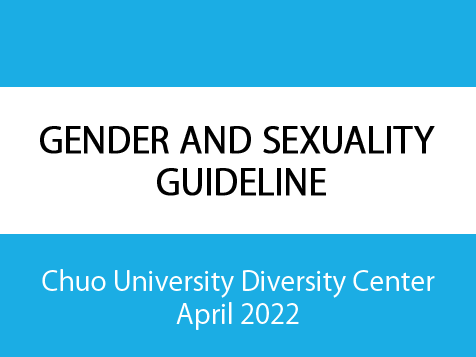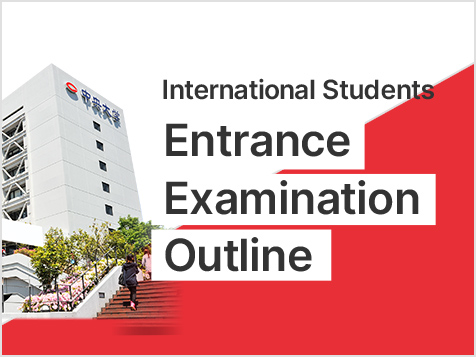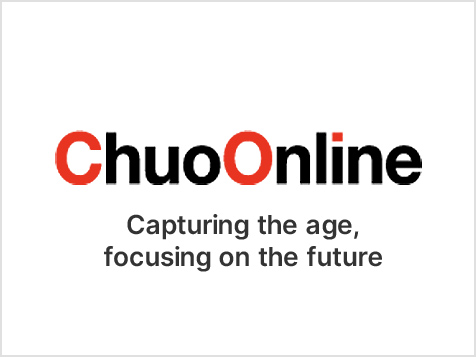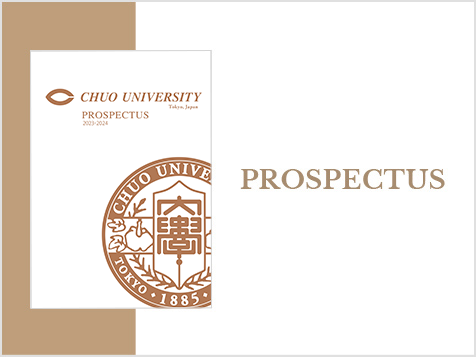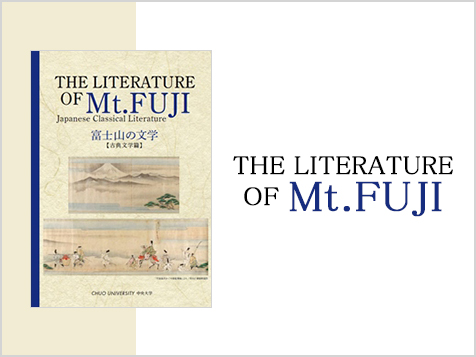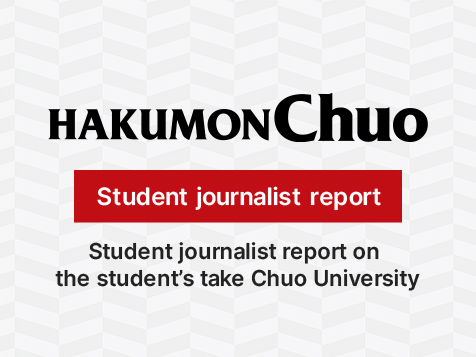Disaster Adaptation Science Platform Development Project
Our Branding Plan
Igirisu Horitsu Gakko, the former name of our university, was established in 1885 with the spirit of “developing the basis for practical application,” valuing concrete verification over abstract systems and nurturing human resources that are needed by society. Since then, to respond to the needs of the times and of society, we cultivated a tradition of practical learning to pursue rational problem solving through a wide range of academic research and diverse practical education.
In 2015, the year of our 130th anniversary, we planned a mid- to long-term project plan (CHUO VISION 2025) toward our 140th anniversary in 2025. With CHUO VISION, we redefined the mission based on our original spirit — namely, the development of human resources that contribute to the welfare of humankind by being equipped with a global viewpoint and ability for practical application. We set the specific vision to achieve this mission.
Furthermore, we set a specific action plan for each organization to actualize each vision, and we are working to achieve CHUO VISION for the whole university.
CHUO VISION is published on our website, and is well known not only among faculty and students but also outside of the university (http://www.chuo-u.ac.jp/aboutus/chuovision2025/).
The theme of this project is water disaster prevention and mitigation in coastal cities. Our university has worked on education and research on safety and assurance on water in the past. In recent years, our international aquatic environment science and engineering human resource development project was selected in the advanced professional human resource training project through interuniversity exchange among Japan, China, and Korea (presently, the core project of CAMPUS Asia) established by the Ministry of Education, Culture, Sports, Science and Technology — Japan in 2010. This project aims to nurture international human resources able to propose and implement comprehensive and radical improvement plans for aquatic environments in East Asia and the world.
However, in this project, we aim to propose a town-building method based on sustainability and the future of regional activity along with the vulnerability of structures, such as protective structures during water disasters. Specifically, we seek to build a coastal disaster prevention platform and develop an evacuation guiding system that provides appropriate evacuation information and a generation tool for urban designs that are resistant to water disaster, using the big data accumulated in the platform. On this point, this project incorporates education and study about safety and assurance on water and develops and disseminates its achievements.
In addition, the achievements of this project contribute to solving urgent issues in Japan since the Great East Japan Earthquake, such as disaster prevention and mitigation on water disasters. It embodies the spirit of our university: to develop the basis for practical application.
Furthermore, water disasters, such as tsunami, high waves, and storm surge occur in coastal cities around the world, such as in Chile and Indonesia, and this is an area for which the accumulation of research results with a global viewpoint is desired. This project develops a coastal disaster prevention platform with Japanese coastal cities as the model, but then expands the subjects to coastal cities worldwide and proposes a system of disaster prevention and mitigation design that suites the situation of each country. On this point, it is considered a core project to actualize our future vision: a study that contributes to the solution of complex problems on a global scale.
